
 Call at
+86 18148555033
Call at
+86 18148555033
 Leave a message
[email protected]
Leave a message
[email protected]
 Call at
+86 18148555033
Call at
+86 18148555033
 Leave a message
[email protected]
Leave a message
[email protected]
One of the most widely used display solutions is LED display technology. LED displays are increasingly available. LED displays are everywhere, from the streetlight outside your house to the LED screen installed outside a mall. They, really, have evolved over time. Traditional LED displays such as static signage, billboards, and banners are now no longer the market's preferred choice. Traditional models are losing their aesthetic in the picture of a wide variety of better and more progressive LED.
While a professional LED display supplier will always provide insightful recommendations, it is always a great approach if a business owner or representative can equip himself with basic LED display knowledge. This can assist the company in making a more informed purchasing decision.
LED displays are highly technical in nature. We will only cover the most important aspects of the four most common LED package types in this article. Also we will discuss the details of each types of the LED package and their history, applications, pros and cons and the future. We hope it will encourage to make the smartest decisions for your business.
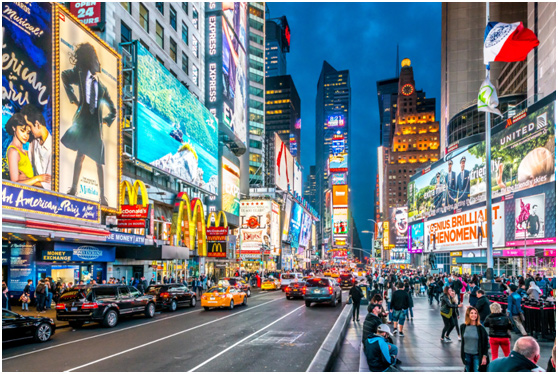
Types of LED package
There are Four LED package types that are widely used in commercial displays, they are
1. DIP LED (Dual line-in Package)
2. SMD LED (Surface Mounted Device)
3. GOB LED (Glue-on-Board)
4. COB LED (Chip-on-Board)
DIP LED Display
The dual in-line package is used in a DIP LED display. It is one of the most traditional LED packages. The DIP LED Display is made with standard LED bulbs.
A light emitting diode, or LED, is a tiny component that emits light when current flows through it. Its epoxy shell has a hemispherical or cylindrical-shaped dome, giving it a distinct appearance.
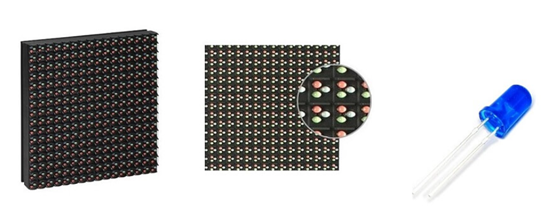
Each LED pixel on the surface of a DIP LED module is made up of three LEDs: a red LED, a green LED, and a blue LED. The RGB LED serves as the foundation for any color LED display. Because the three primary colors (red, green, and blue) are the primary colors on the color wheel, they have the potential to produce all possible colors including white colors.
The most common applications for DIP LED displays are Outdoor LED screens and digital billboards. Because it has a high brightness level, the display is visible even in bright sunlight.
Furthermore, DIP LED displays are long-lasting. It has a high level of impact resistance. The hard LED epoxy shell acts as an effective encapsulation, shielding all internal components from potential collisions. Furthermore, because the LEDs are soldered directly onto the surface of the LED display module, they protrude. Without any additional safeguards, the protruding LEDs increase the risk of damage. As a result, a protection mask is used.
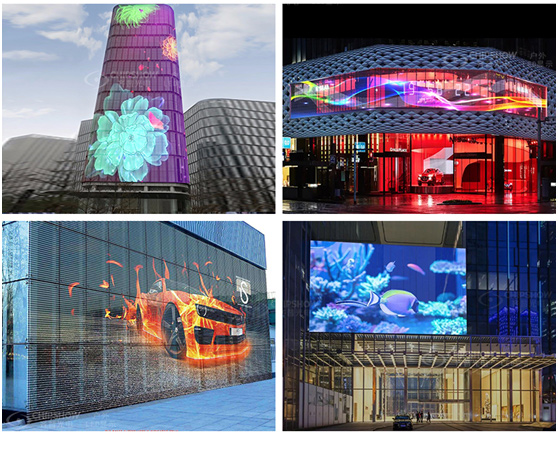
The most important drawback of a DIP LED display is its high cost. DIP LED production is more complicated, and market demand has been declining for many years. However, if the proper balance is struck, a DIP LED display can be a worthwhile investment. The power consumption of a DIP LED display is lower than that of most traditional digital displays. It has the potential to save more money in the long run.
Another weakness is the display's limited viewing angle. When viewed off-center, a narrow-angled display causes the image to appear inaccurate and the colors to appear dimmer. However, because DIP LED displays have a longer viewing distance, this is not an issue when used in outdoor applications.
SMD LED Display
The three LED chips (red LED, green LED, and blue LED) in an SMD (surface mounted device) LED display module are regrouped into a single point. The long LED pins or legs have now been removed, and the LED chips are now mounted directly onto a single binding.
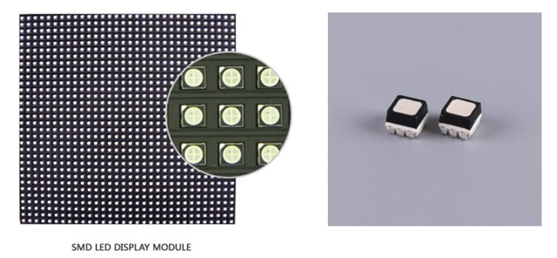
The most significant advantage of an SMD LED display is that it is available in a variety of sizes on the market. The large SMD LED can be as large as 8.5 x 2.0mm, while the small LED can be as small as 1.1 x 0.4mm! It is extremely small, and small LED size is currently a revolutionary factor in the LED display industry.
Since SMD LEDs are smaller, more LEDs can be mounted on a single board, resulting in a greater visual resolution. A display module with more LEDs has a smaller pixel pitch and a higher pixel density. Because of its high-quality image and wider viewing angle, the SMD LED display is the most popular choice for any indoor application.
It's found in a wide range of devices, including indoor LED screens, TVs, smartphones, Traffic lighting system and industrial lighting systems. SMD LED displays are generally less expensive due to mass production.
SMD LED has some disadvantages as well. Because the LEDs in SMD LED displays are smaller, they are more likely to be damaged. Besides that, the SDM LED has a lower heat transmission rate. This can result in high long-term maintenance costs.
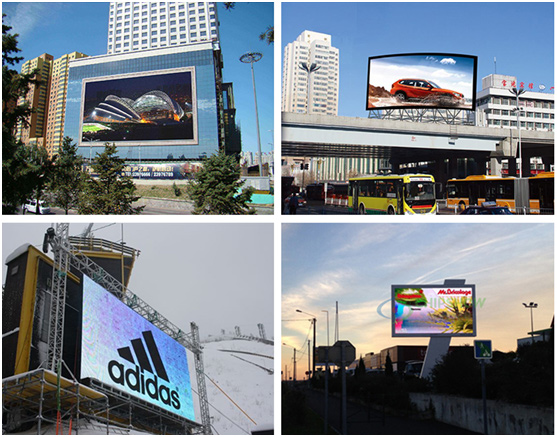
GOB LED Display
GOB LED technology created a lot of buzz in the market few years ago. However, many industry respondents has agreed that the GOB (glue-on-board) LED display is simply an improved version of the SMD LED display.
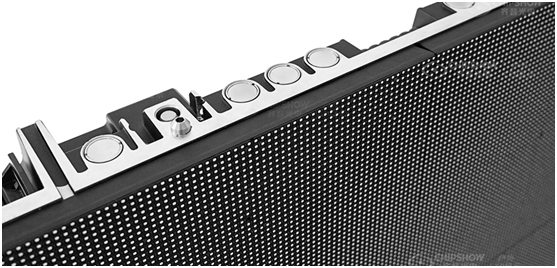
The GOB LED (Glue-on-Board) display uses the almost same packaging technology as the SMD LED technology. What makes it different is the application of transparent glue protection. The transparent glue on the surface of the LED display module provides a durable protection shield. The GOB LED display is waterproof, dust-proof and anti-collision. Some researchers even reveal that the transparent glue can contribute to better heat dissipation, and thus increasing the shelf life of the LED display.
Some of the most common applications of GOB LED displays are transparent LED displays, fine-pitch LED displays, and LED screen rentals. To achieve higher resolutions, both transparent LED displays and fine-pitch LED displays use very small LEDs. Smaller LEDs are more fragile and susceptible to damage. GOB technology can provide greater protection for these displays.
Extra protections are also required for the rental of LED screens. LED screens used for rental events necessitate frequent installation and disassembly. These LED screens must also be transported and moved thousands of times. Minor collisions are almost always unavoidable. The use of GOB LED packaging can assist rental service providers in lowering their maintenance costs.
While many people believe that the extra protection feature provides little benefit, we disagree. GOB LED display can be a "life-saving" investment depending on the application.
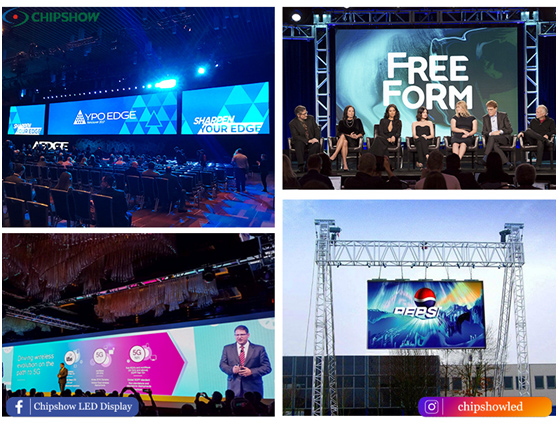
COB LED Display
Chip-on-Board or "COB" refers to a method of assembly that involves directly mounting an array of diodes on a single substrate or printed circuit board. This design requires only one circuit and two contacts, regardless of the number of diodes used. COB LED is one of the latest and most updated LED inventions in LED display industry.
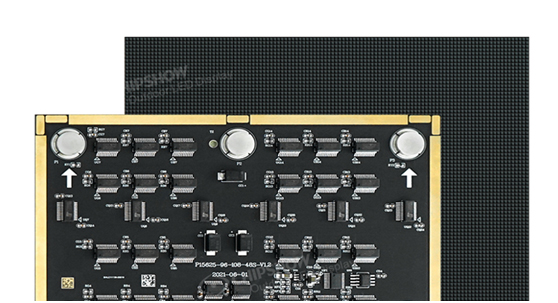
While SMD LED's can contain up to 3 diodes on a single chip, COB LED's can contain 9 or more diodes. A single COB LED chip has only two contacts and a circuit, regardless of how many diodes are soldered on an LED substrate. This has significantly reduced the rate of failure.
COB display technology sounds similar to GOB display technology, but it has a longer development history and has recently been adopted in some major manufacturers' promoted products.
The classic features of traditional led technology include wide viewing angle, high color uniformity, high contrast, high power efficiency, and so on. The most important aspect is the use of COB to achieve high protection performance such as collision avoidance, moisture proofing, and dust proofing, in short, higher environmental adaptability, and this led coating technology to achieve pixel level protection.
When compared to DIP and SMD LED technologies, one of the most significant advantages of COB LED technology is its ability to produce more lights or higher brightness with lower power consumption per square inch. Because COB LED chips take up less space, this is possible.
Another reason COB LED chips can be mounted closely together is that they have superior heat dissipation performance. The COB LED chip's aluminum or ceramic substrate is an excellent medium that contributes to higher heat conductivity efficiency.
Furthermore, because of its coating technology, COB LED displays have a high level of reliability. The technology can shield the LED screen from moisture, liquid, UV rays, and minor impact.
When compared to SMD LED displays, COB LED displays have a clear disadvantage. It has lower color uniformity, which can lead to a poor viewing experience. Furthermore, COB LED displays are more expensive than SMD LED displays.
COB LED technology is most commonly used in fine-pitch LED screens with pixel pitches less than 1.5mm. Its applications also include mini and micro LED displays, High-resolutions LED displays in indoor offices. COB LEDs are more compact than DIP and SMD LEDs. Higher video resolution is possible, and it can provide an exceptional viewing experience to the audience.
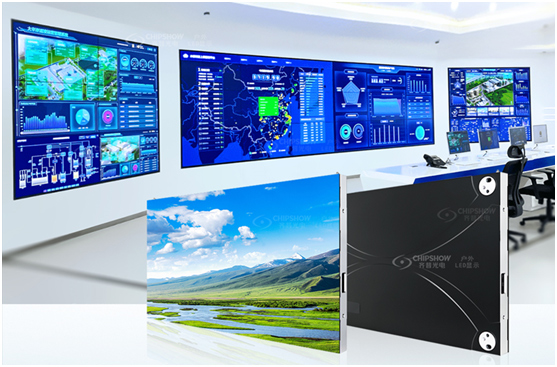
Conclusion
LED screen technology has improved at a rapid pace in recent years. The technology has brought various LED display models to the market. These developments benefit both businesses and consumers.
While we believe that COB LED displays will become the next big thing in the industry, every type of LED display packaging has advantages and disadvantages. No such thing as "The Best" LED display exists. The best LED display will be one that perfectly fits your applications and requirements.
Choosing the correct LED is not an easy
decision. There are many different LED's in the market. You can only make
the correct decision once you are well informed. Make sure to do your research
to find which ones are the best for you. If you have any further questions,
please contact us!
 call us :
call us :
Phone : +86 18148555033
Whatsapp : 8618148555033
 Email Us :
Email Us :
Email : [email protected]
 Address :
Address :
5th Floor, Tower C, Baoshi Technological Park, Baoshi Road, Shiyan Street, Bao'an District, Shenzhen, China
© Copyright: 2026 Shenzhen Chip Optech Co.,Ltd All Rights Reserved.

IPv6 network supported